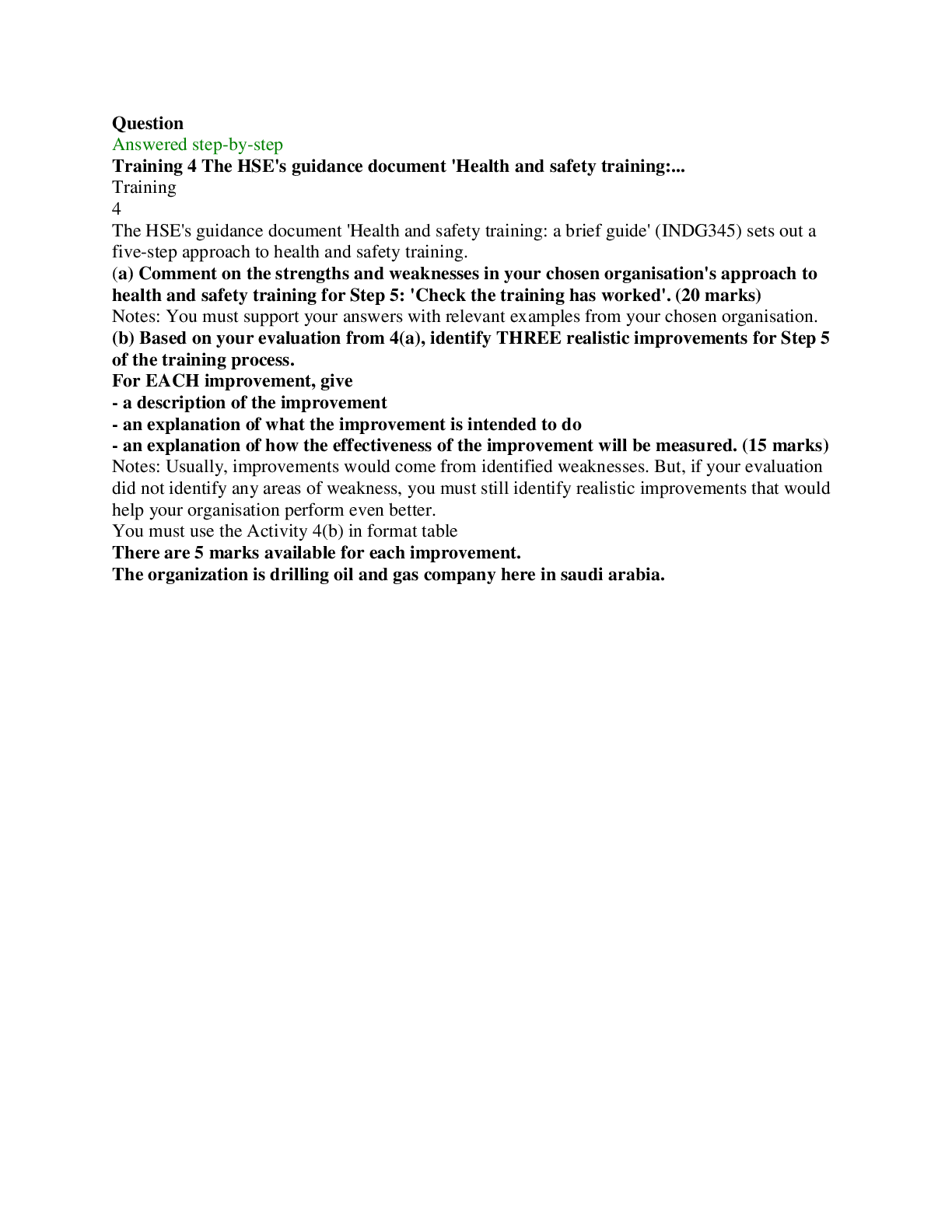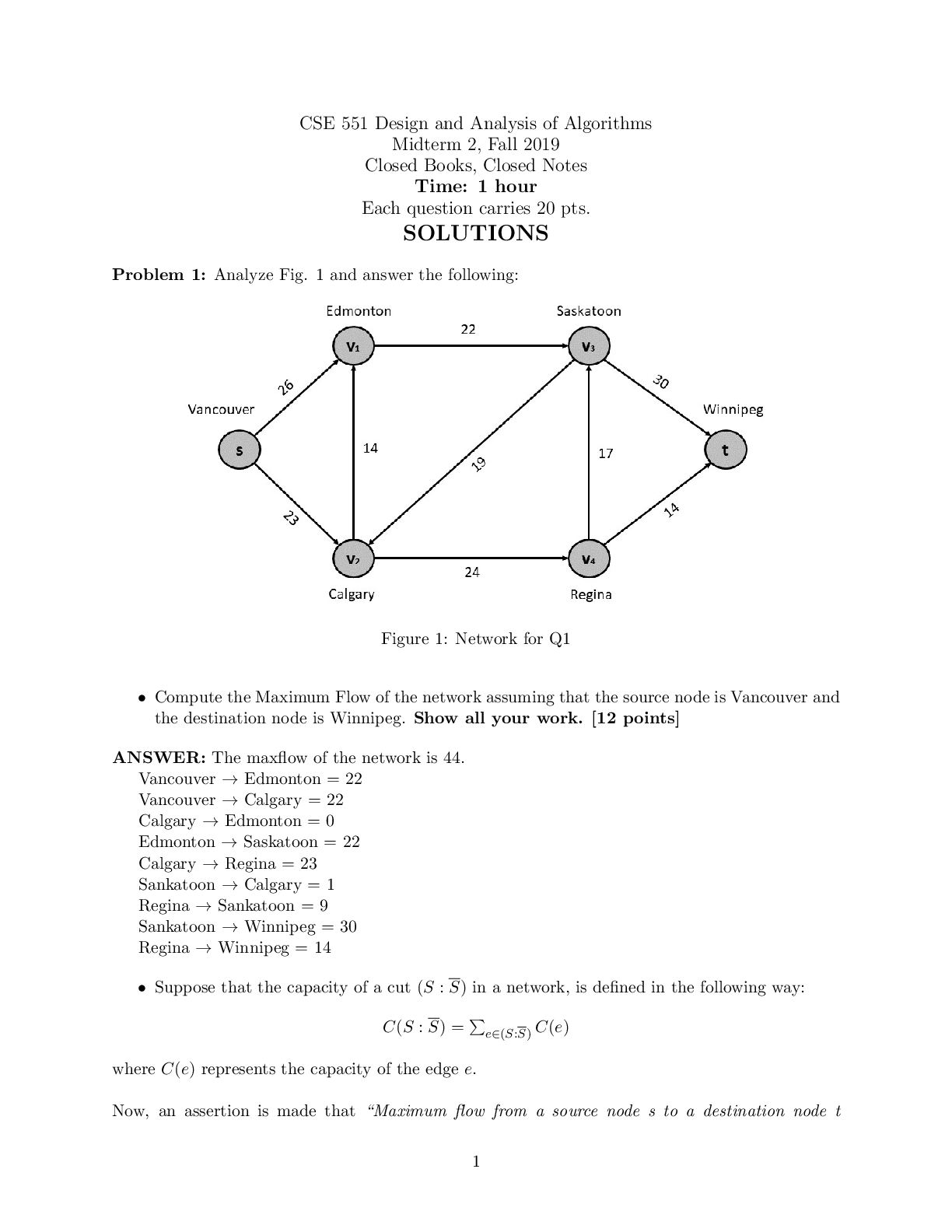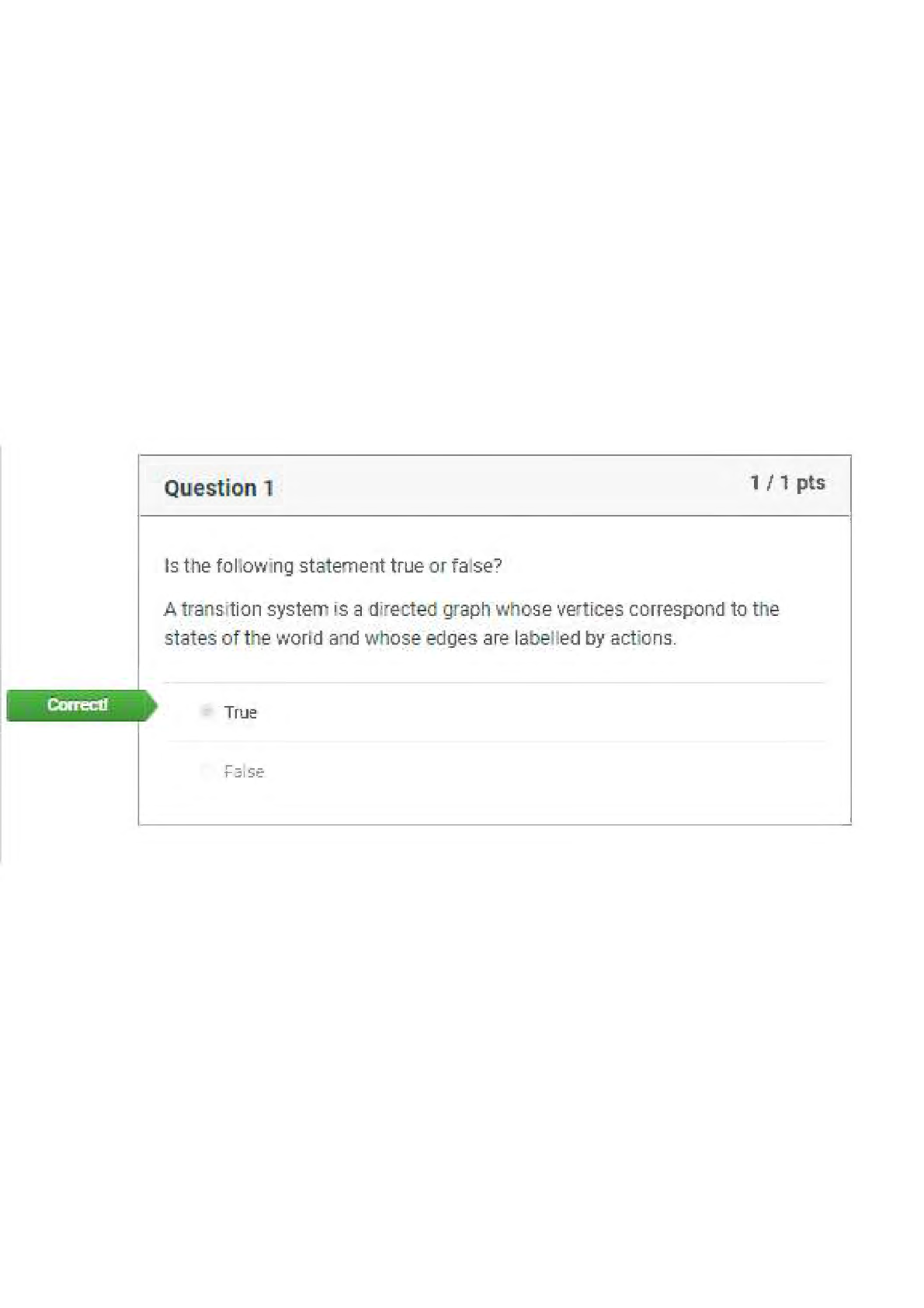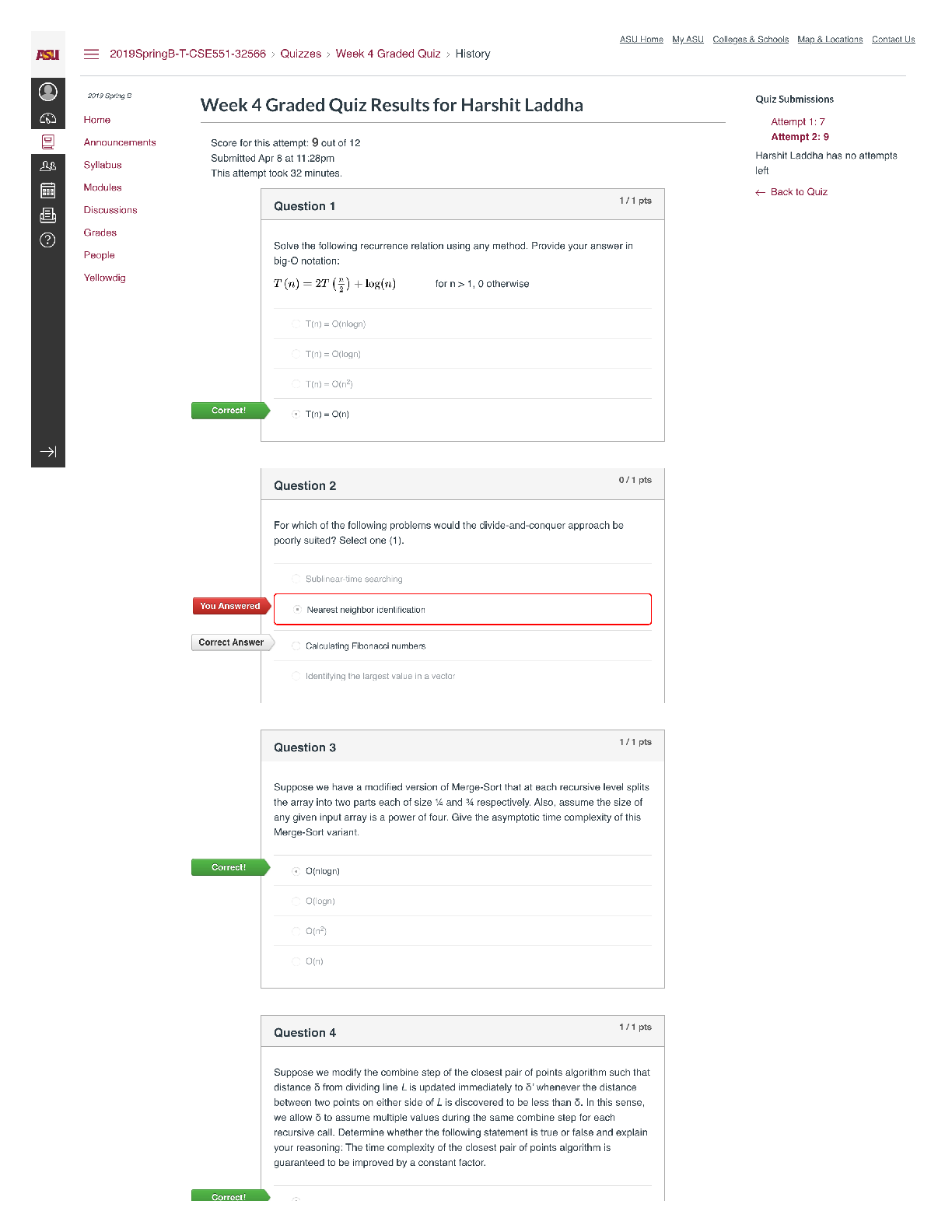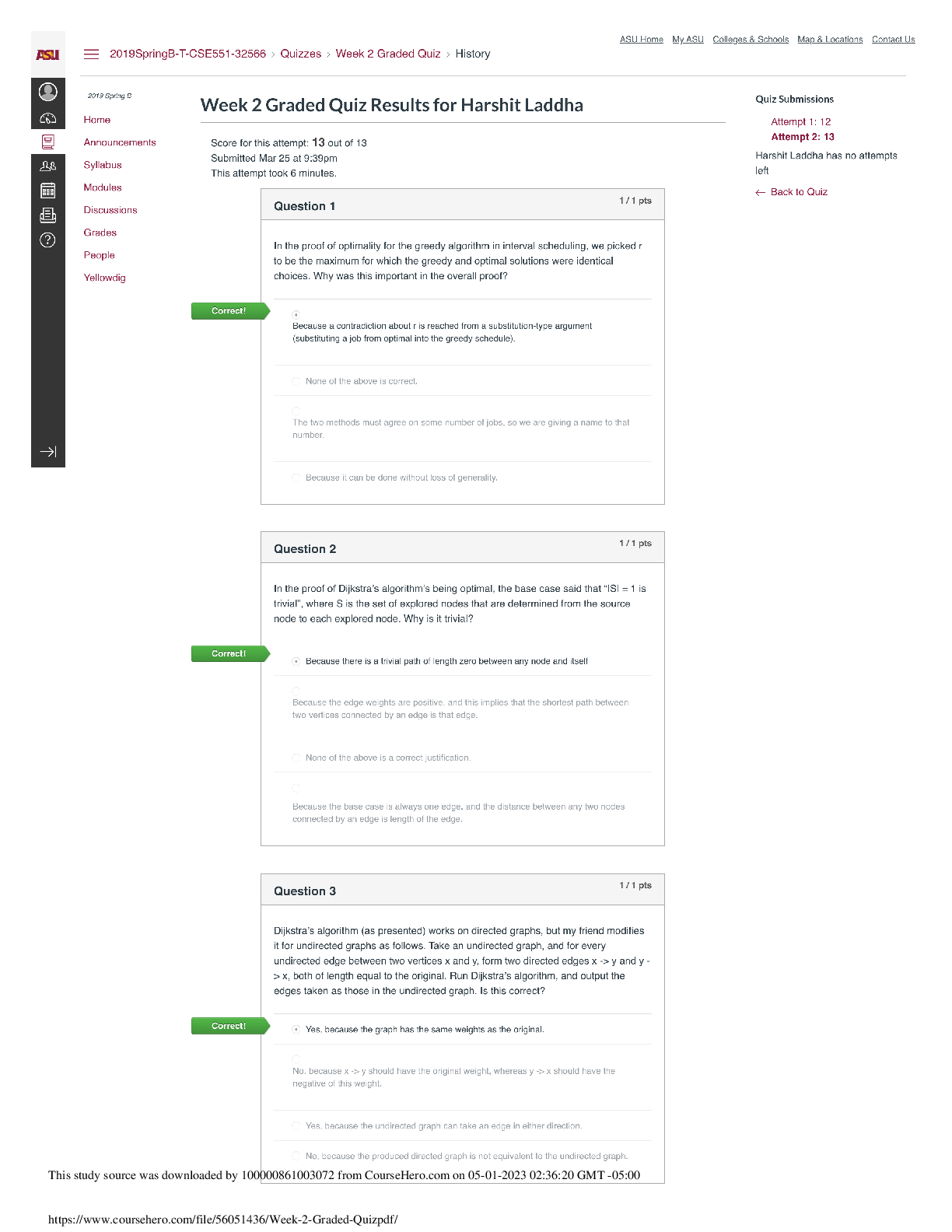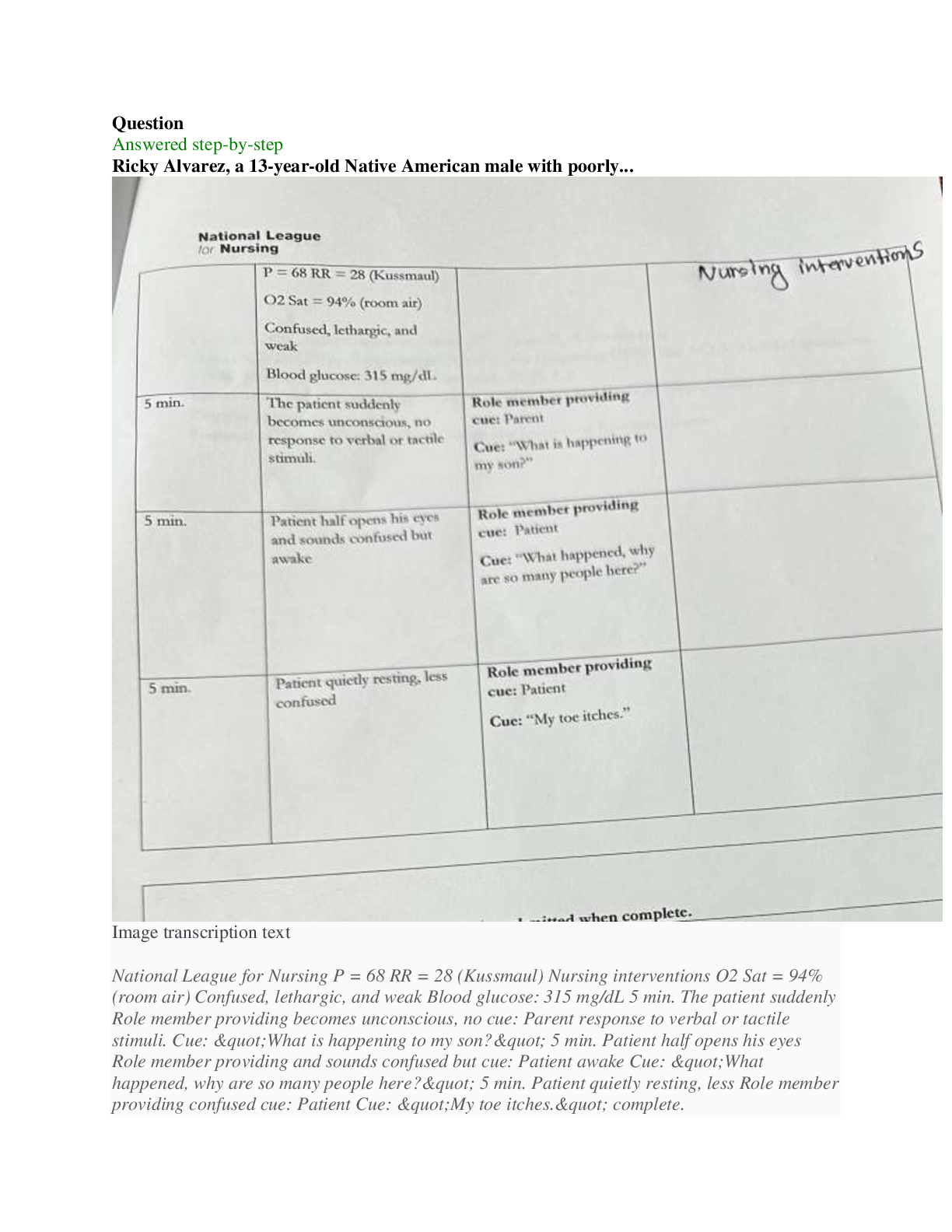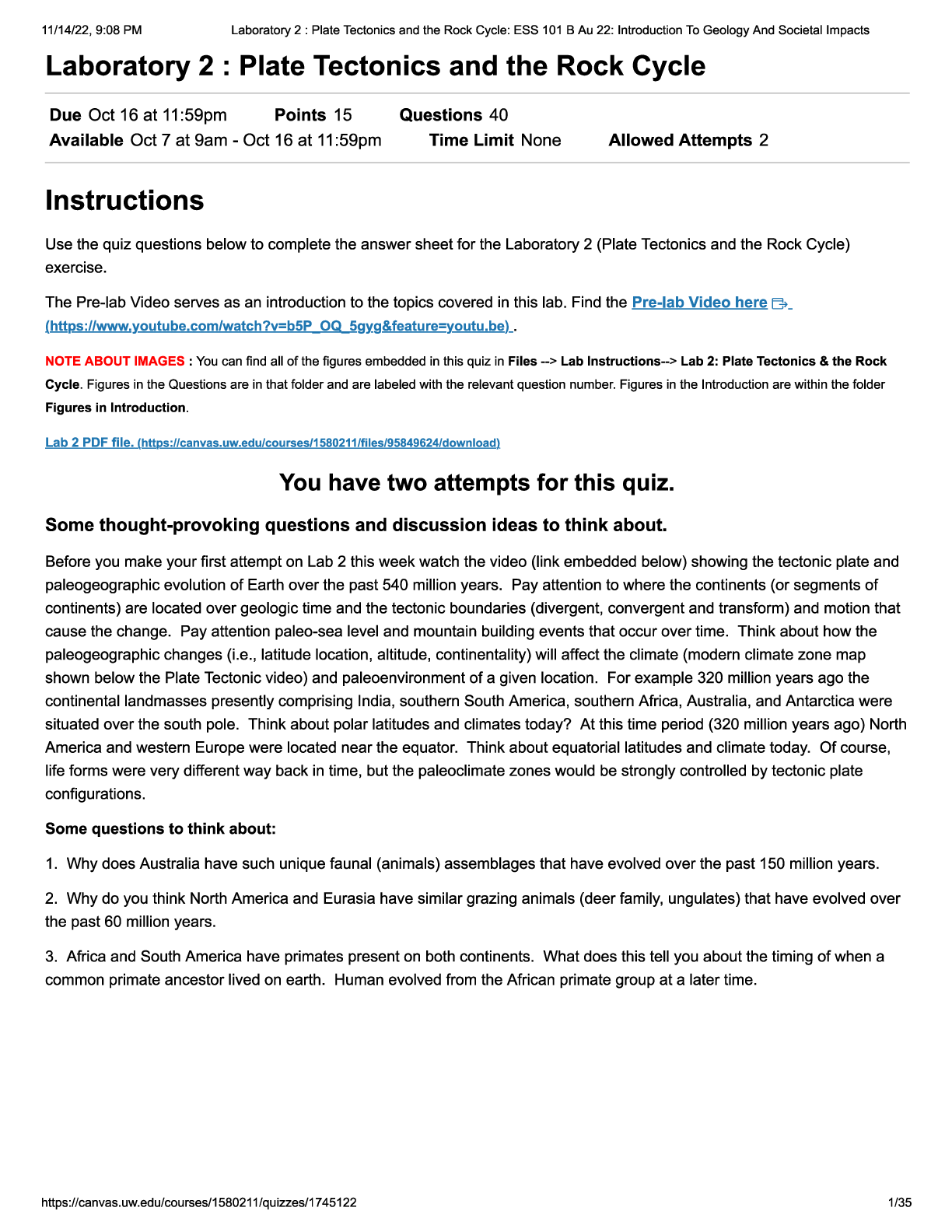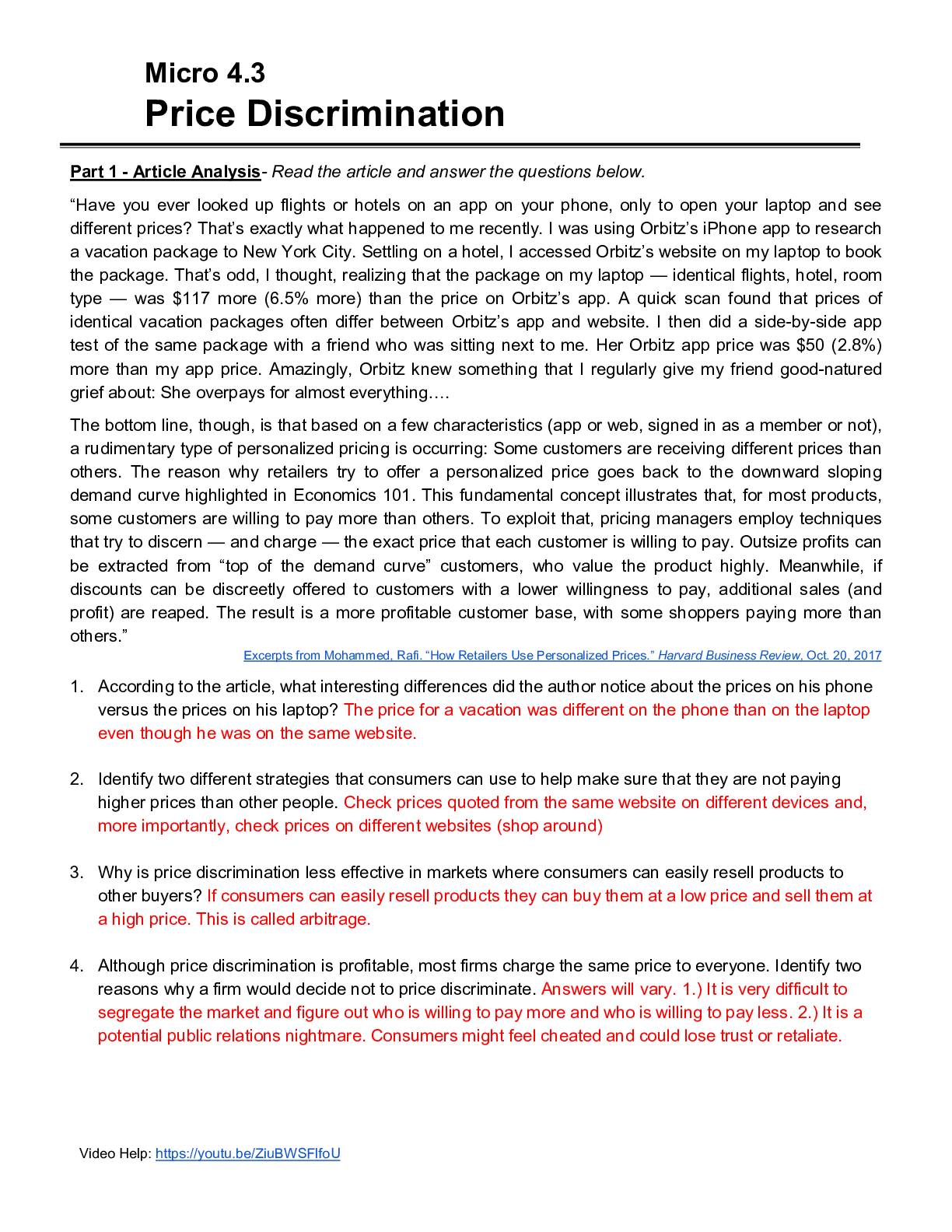Microeconomics > QUESTIONS & ANSWERS > Microeconomics 4.3 Price Discrimination How Retailers Use Personalized Prices_ Part 1 Article Analys (All)
Microeconomics 4.3 Price Discrimination How Retailers Use Personalized Prices_ Part 1 Article Analysis, Part 2 - Graph Practice, Part 3 - Stretch Your Thinking:_ https://youtu.be/ZiuBWSFlfoU
Document Content and Description Below
Microeconomics 4.3 Price Discrimination How Retailers Use Personalized Prices_ Part 1 Article Analysis, Part 2 - Graph Practice, Part 3 - Stretch Your Thinking:_ https://youtu.be/ZiuBWSFlfoU “Have... you ever looked up flights or hotels on an app on your phone, only to open your laptop and see different prices? That’s exactly what happened to me recently. I was using Orbitz’s iPhone app to research a vacation package to New York City. Settling on a hotel, I accessed Orbitz’s website on my laptop to book the package. That’s odd, I thought, realizing that the package on my laptop — identical flights, hotel, room type — was $117 more (6.5% more) than the price on Orbitz’s app. A quick scan found that prices of identical vacation packages often differ between Orbitz’s app and website. I then did a side-by-side app test of the same package with a friend who was sitting next to me. Her Orbitz app price was $50 (2.8%) more than my app price. Amazingly, Orbitz knew something that I regularly give my friend good-natured grief about: She overpays for almost everything…. The bottom line, though, is that based on a few characteristics (app or web, signed in as a member or not), a rudimentary type of personalized pricing is occurring: Some customers are receiving different prices than others. The reason why retailers try to offer a personalized price goes back to the downward sloping demand curve highlighted in Economics 101. This fundamental concept illustrates that, for most products, some customers are willing to pay more than others. To exploit that, pricing managers employ techniques that try to discern — and charge — the exact price that each customer is willing to pay. Outsize profits can be extracted from “top of the demand curve” customers, who value the product highly. Meanwhile, if discounts can be discreetly offered to customers with a lower willingness to pay, additional sales (and profit) are reaped. The result is a more profitable customer base, with some shoppers paying more than others.” Excerpts from Mohammed, Rafi. “How Retailers Use Personalized Prices.” Harvard Business Review, Oct. 20, 2017 [Show More]
Last updated: 2 years ago
Preview 1 out of 2 pages

Buy this document to get the full access instantly
Instant Download Access after purchase
Buy NowInstant download
We Accept:

Reviews( 0 )
$6.50
Can't find what you want? Try our AI powered Search
Document information
Connected school, study & course
About the document
Uploaded On
Apr 05, 2023
Number of pages
2
Written in
Additional information
This document has been written for:
Uploaded
Apr 05, 2023
Downloads
0
Views
173

